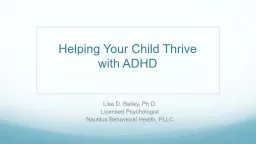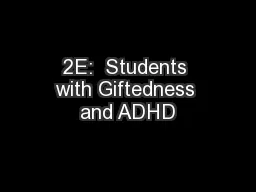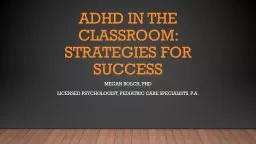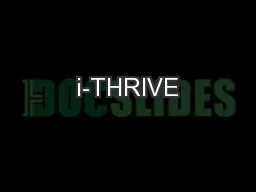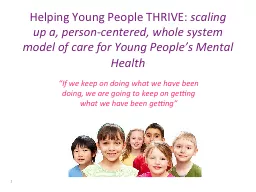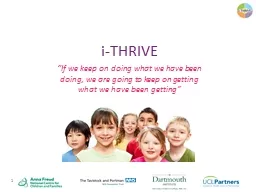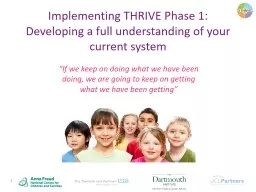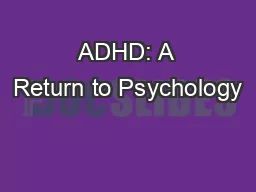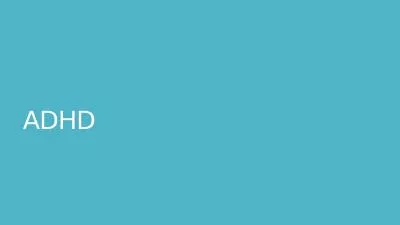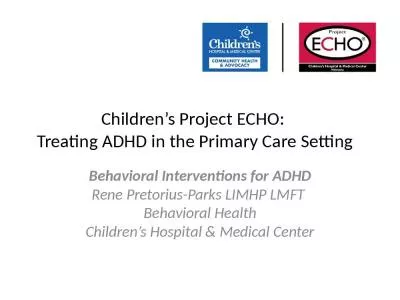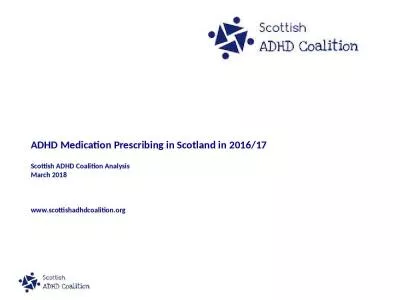PPT-Helping Your Child Thrive with ADHD
Author : pamella-moone | Published Date : 2018-10-30
Lisa D Bailey PhD Licensed Psychologist Nautilus Behavioral Health PLLC What is ADHD DSM5 Diagnostic Criteria A persistent pattern of inattention andor hyperactivityimpulsivity
Presentation Embed Code
Download Presentation
Download Presentation The PPT/PDF document "Helping Your Child Thrive with ADHD" is the property of its rightful owner. Permission is granted to download and print the materials on this website for personal, non-commercial use only, and to display it on your personal computer provided you do not modify the materials and that you retain all copyright notices contained in the materials. By downloading content from our website, you accept the terms of this agreement.
Helping Your Child Thrive with ADHD: Transcript
Download Rules Of Document
"Helping Your Child Thrive with ADHD"The content belongs to its owner. You may download and print it for personal use, without modification, and keep all copyright notices. By downloading, you agree to these terms.
Related Documents

